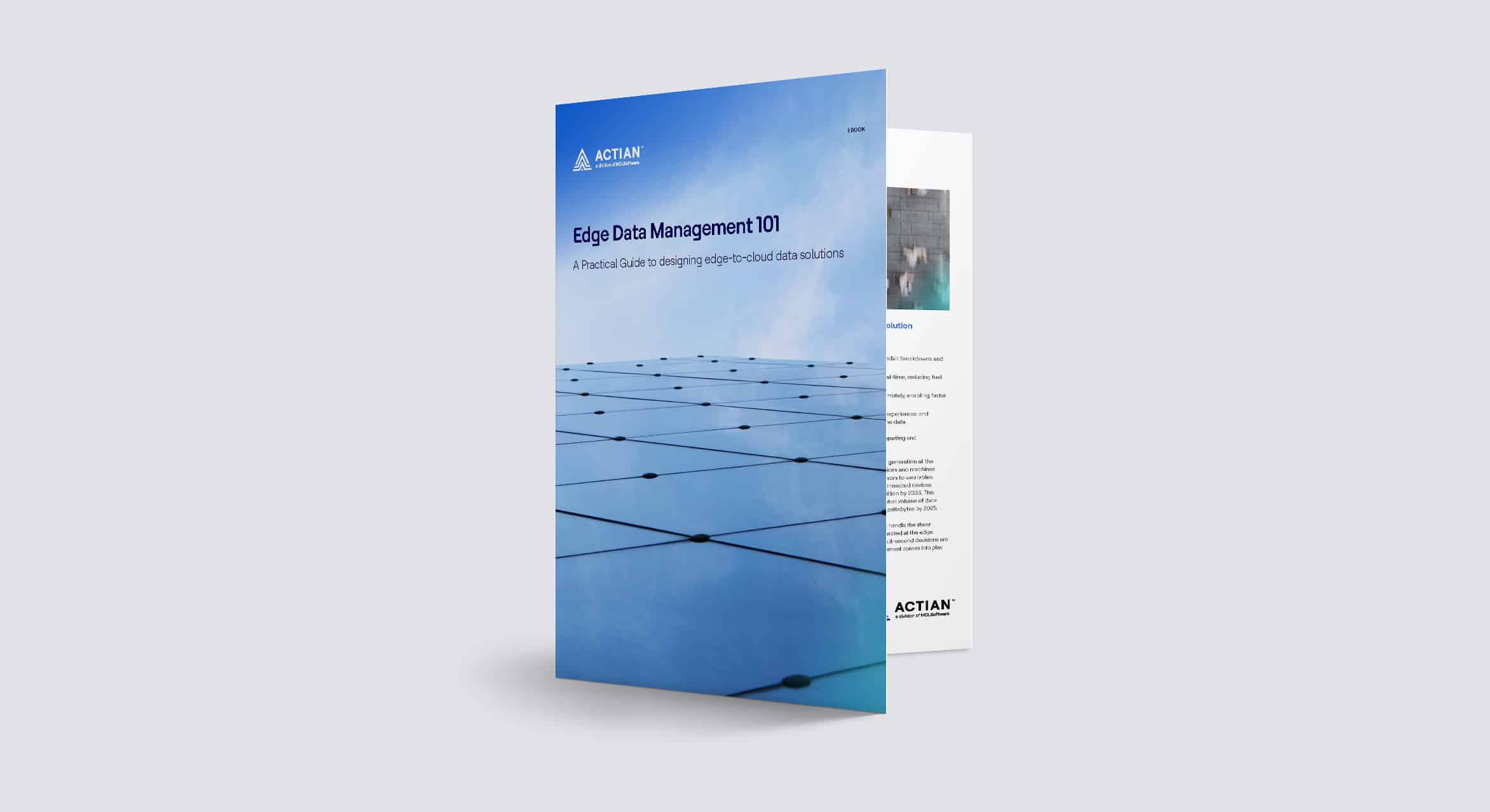Fundamentals of Edge-to-Cloud Data Management
Kunal Shah
September 26, 2024

Over the last few years edge computing has progressed significantly, both in capability and availability, continuing a progressive trend of data management at the edge. According to a recent report, the number of Internet of Things (IoT) devices worldwide is forecast to almost double from 15.9 billion in 2023 to more than 32.1 billion IoT devices in 2030. However, during that time one thing has remained constant. There has been a need for good Edge-to-Cloud data management foundations and practices.
In this blog post, we will provide an overview of edge-to-cloud data management. We will explore the main concepts, benefits, and practical applications that can help you make the most of your data.
The Edge: Where Data Meets Innovation
At the heart of edge-to-cloud data management lies the edge – the physical location where data is generated. From sensors and IoT devices to wearable technology and industrial machinery, the edge is a treasure trove of real-time insights. By processing and analyzing data closer to its source, you can reduce latency, improve efficiency, and unlock new opportunities for innovation.
The Power of Real-Time Insights
Imagine the possibilities when you can access and analyze data in real-time. Whether you’re optimizing manufacturing processes, improving customer experiences, or making critical business decisions, real-time insights provide a competitive edge.
- Predictive Maintenance: Prevent equipment failures and minimize downtime by analyzing sensor data to detect anomalies and predict potential issues.
- Enhanced Customer Experiences: Personalize recommendations, optimize inventory, and provide exceptional service by leveraging real-time customer data.
- Intelligent Operations: Optimize fleet management, streamline supply chains, and improve energy efficiency with real-time data-driven insights.
The Benefits of Edge-to-Cloud Data Management
By implementing an effective edge-to-cloud data management strategy, you can:
- Reduce Latency and Improve Response Times: Process data closer to its source to make faster decisions.
- Enhance Operational Efficiency: Optimize processes, reduce costs, and improve productivity.
- Gain a Competitive Advantage: Unlock new opportunities for innovation and growth.
- Improve Decision-Making: Make data-driven decisions based on real-time insights.
- Ensure Data Privacy and Security: Protect sensitive data from unauthorized access and breaches.
Want to Learn More?
This blog post has only scratched the surface of the exciting world of edge-to-cloud data management. To dive deeper into the concepts, techniques, and best practices, be sure to download our comprehensive ebook – Edge Data Management 101.
Our eBook will cover:
- The fundamentals of edge computing.
- Best practices for edge data management.
- Real-world use cases and success stories.
- Security considerations and best practices.
- The future of edge data management.
Don’t miss out on this opportunity to stay ahead of the curve. Download your free copy of our eBook today and unlock the power of real-time data at the edge.
Subscribe to the Actian Blog
Subscribe to Actian’s blog to get data insights delivered right to you.
- Stay in the know – Get the latest in data analytics pushed directly to your inbox.
- Never miss a post – You’ll receive automatic email updates to let you know when new posts are live.
- It’s all up to you – Change your delivery preferences to suit your needs.
